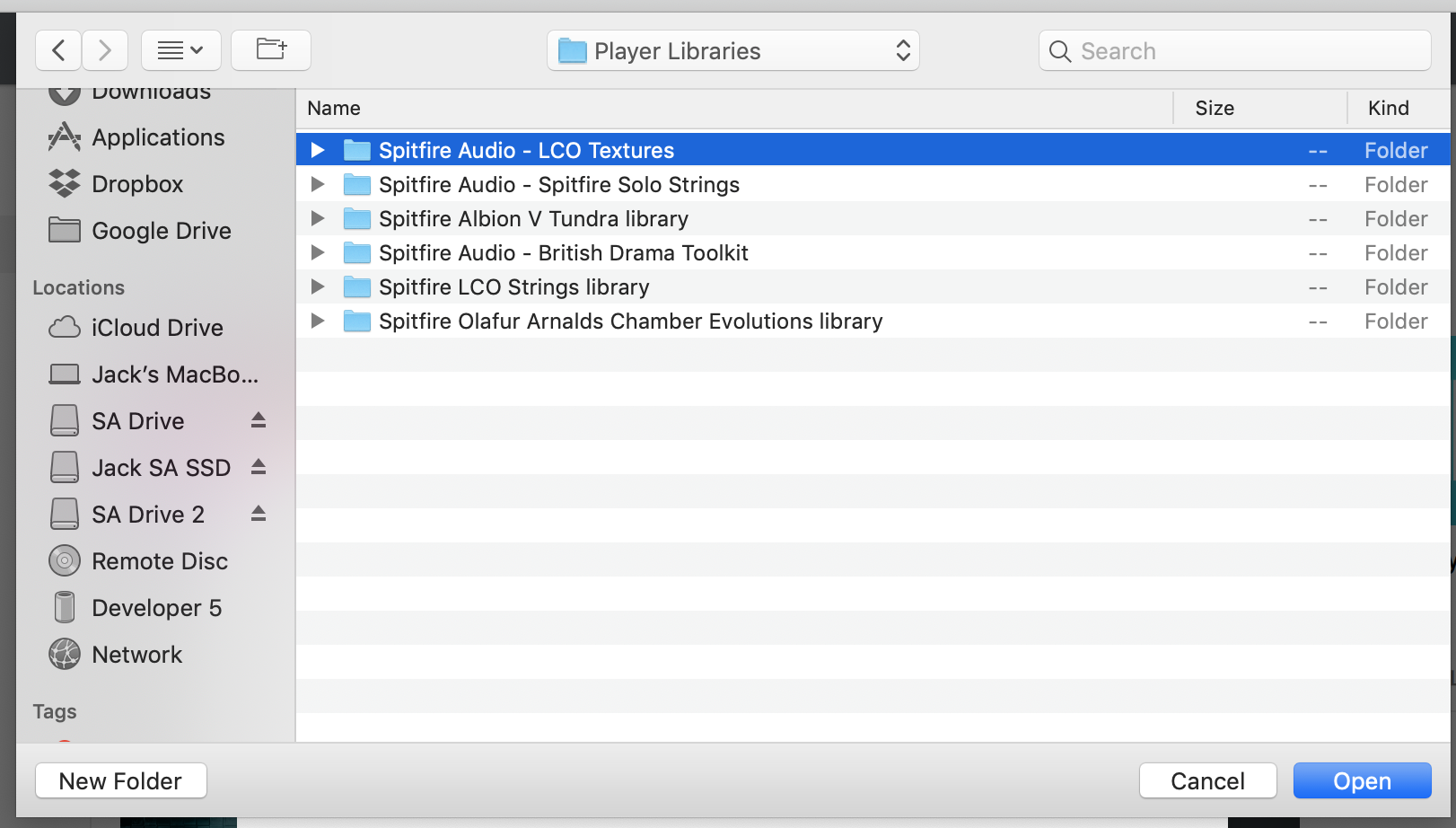
/opengl32-dll-error-message-5a8d77d36bf069003706703b.png)
Once a QOpenGLContext has been made current, you can render to it in a platform independent way by using Qt's OpenGL enablers such as QOpenGLFunctions, QOpenGLBuffer, QOpenGLShaderProgram, and QOpenGLFramebufferObject. You can connect to the aboutToBeDestroyed() signal to clean up any resources that have been allocated with different ownership from the QOpenGLContext itself.
#Native access failed to create opengl free
If the context is temporarily not needed, such as when the application is not rendering, it can be useful to delete it in order to free resources. To be able to support certain platforms, QOpenGLContext requires that you call makeCurrent() again before starting rendering a new frame, after calling swapBuffers(). When OpenGL rendering is done, call swapBuffers() to swap the front and back buffers of the surface, so that the newly rendered content becomes visible. Use the return value or isValid() to check if the context was successfully initialized.Ī context can be made current against a given surface by calling makeCurrent().

To set up a context, set its screen and format such that they match those of the surface or surfaces with which the context is meant to be used, if necessary make it share resources with other contexts with setShareContext(), and finally call create(). QOpenGLContext represents the OpenGL state of an underlying OpenGL context. The QOpenGLContext class represents a native OpenGL context, enabling OpenGL rendering on a QSurface. 31 public functions inherited from QObject.VersionFunctions(const QOpenGLVersionProfile & versionProfile = QOpenGLVersionProfile()) const SetShareContext(QOpenGLContext * shareContext) HasExtension(const QByteArray & extension) const GetProcAddress(const char * procName) const GetProcAddress(const QByteArray & procName) const

QOpenGLContext(QObject * parent = Q_NULLPTR)


 0 kommentar(er)
0 kommentar(er)
